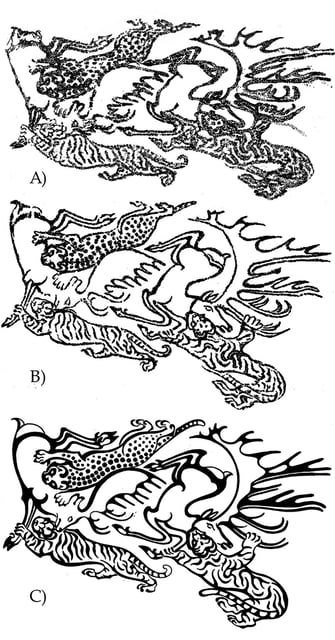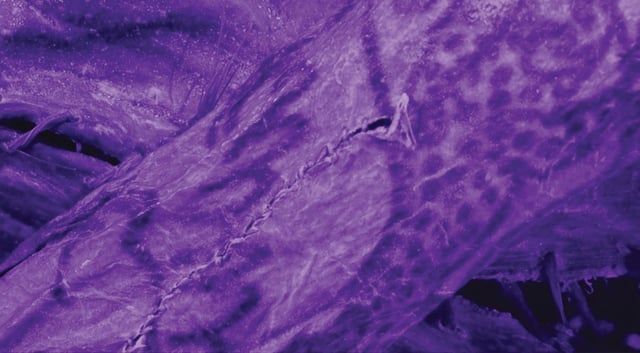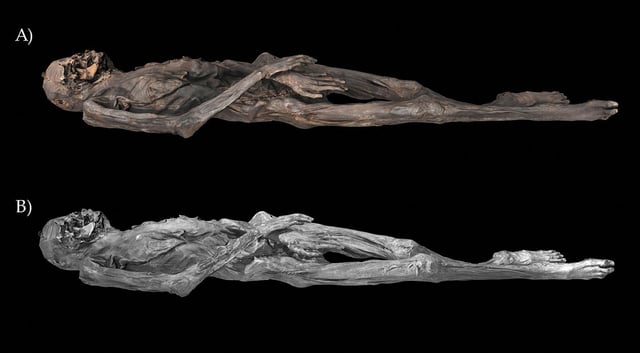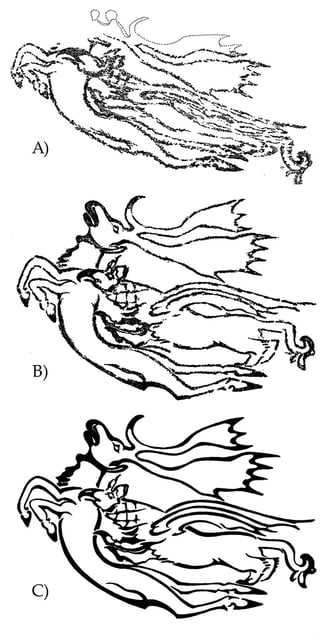Overview
- The study published July 31 in Antiquity reports the first sub-millimeter resolution near-infrared photography combined with 3D scanning of a Pazyryk ice mummy from Siberia’s Altai Mountains.
- Detailed scans exposed elaborate animal fight scenes and fantastical creatures inked on the forearms and hands of a 50-year-old woman that were invisible to earlier imaging methods.
- Analysis distinguished thicker lines from multipoint bundles and finer strokes from single-point tools across overlapping layers, indicating multiple sessions and formal tattooing techniques.
- Researchers documented embalming incisions cutting through many tattoos, suggesting Pazyryk practitioners did not expect body art to carry social or spiritual meaning into the afterlife.
- No physical tattoo implements have survived, likely due to biodegradable materials, and the team plans to apply high-resolution imaging to additional Pazyryk remains to trace Iron Age tattooing practices.



